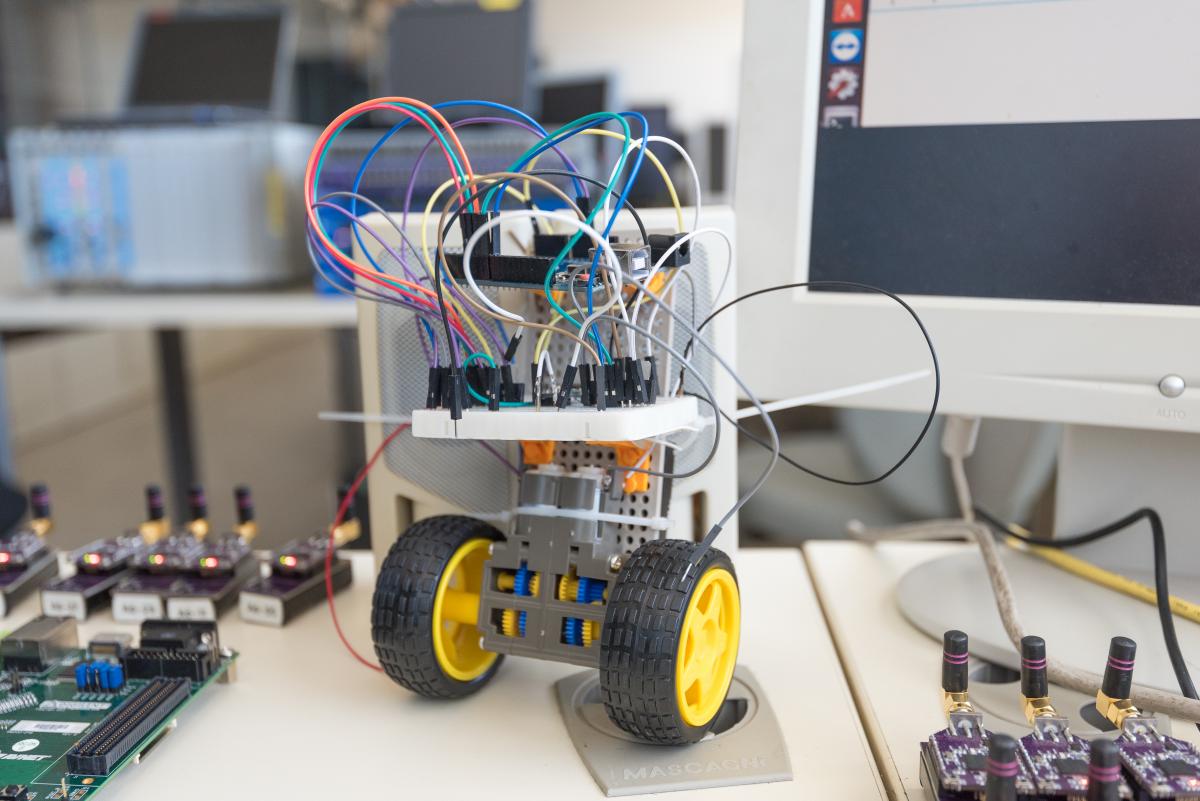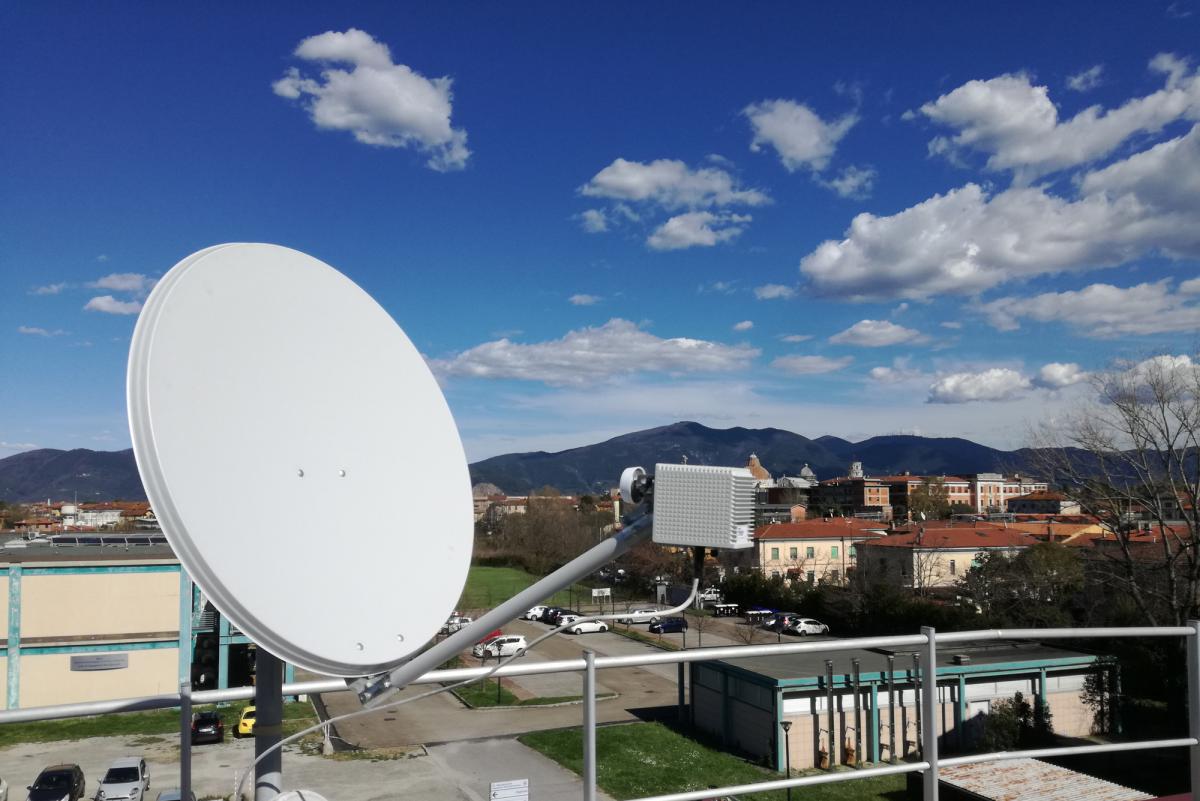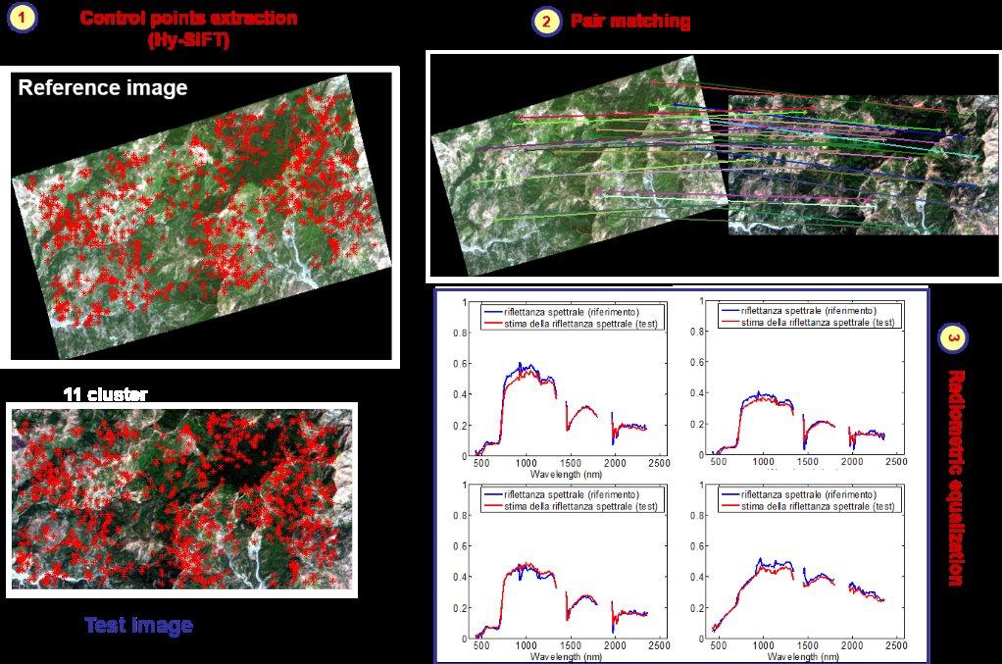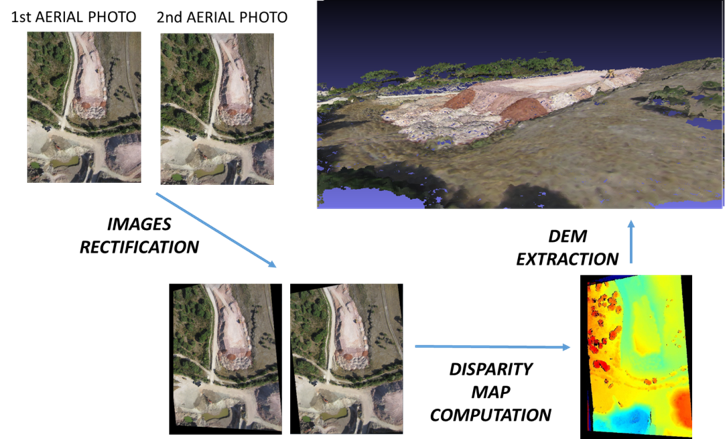Telecommunications
The three main areas of research related to Telecommunications engineering that are present at the DII are: Digital Communications, Communication Networks, and Radar and Remote Sensing.
The research activity in the area of Digital Communications concerns the analysis and design of algorithms and architectures for transmission of information in terrestrial and satellite applications, with particular concern on issues concerning wireless systems of current and future generation networks. The topics treated include adaptive modulation and coding, decoding, techniques for communication in non-ideal channels (equalization), resource allocation in multi-antenna systems, cross-layer optimization, antenna array processing, massive MIMO networks and Global Navigation Satellite System issues.
The research activity in the area of Telecommunication Networks concerns: 1) the design of techniques for traffic and congestion control in wireless, satellite and wired networks; 2) the study of optimization algorithms for energy efficiency and quality of service guarantee in Software Defined Networks and Network Function Virtualization architectures; 3) the definition of strategies for the coordination and the optimization of network resources in 5G systems with different objectives (e.g., cost reduction, security, quality of service, energy efficiency, etc.); 4) traffic classification and deep packet inspection in high speed networks; 5) anomaly detection in IP-based services; 6) quality of service and security issues in the Internet of Things and the big data frameworks.
The research activity in the area of Radar and Remote Sensing concerns the design and performance analysis of radar and remote sensing systems, with particular attention to the problems of noise modelling and filtering, target detection, tracking and classification for radar and hyperspectral data, changes detection in multi-temporal images, image and data fusion, cognitive radar, passive radar, MIMO radar, radar imaging, radar interferometry, information extraction from images acquired by optical sensors operating in the visible and the infra-red spectral ranges, computer vision algorithms for detection and classification of video sequences and/or data acquired by airborne and satellite imaging sensors.
Remote Sensing Lab
Signal and Image Processing Lab

Telecommunication Networks Labs





